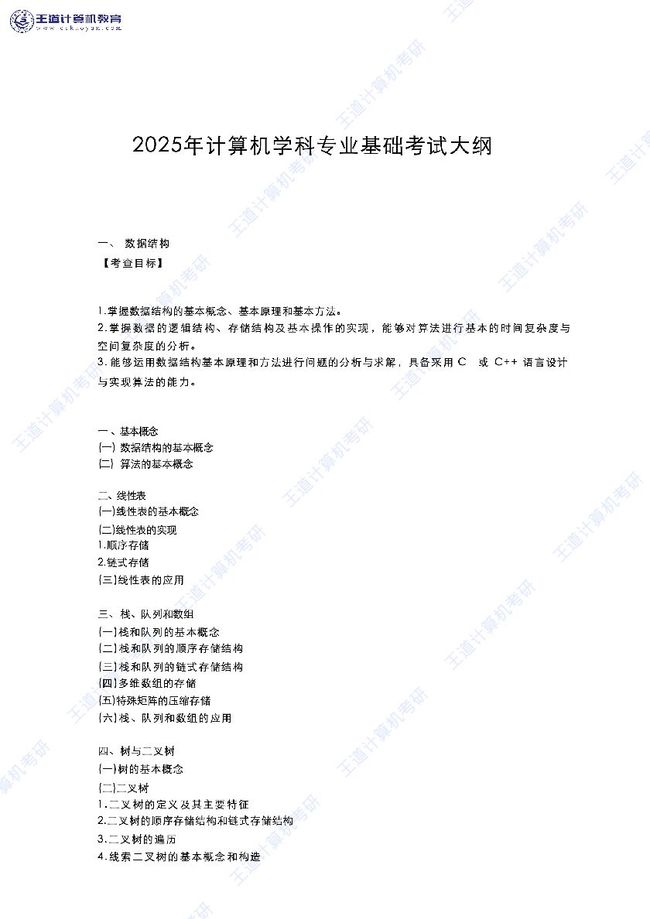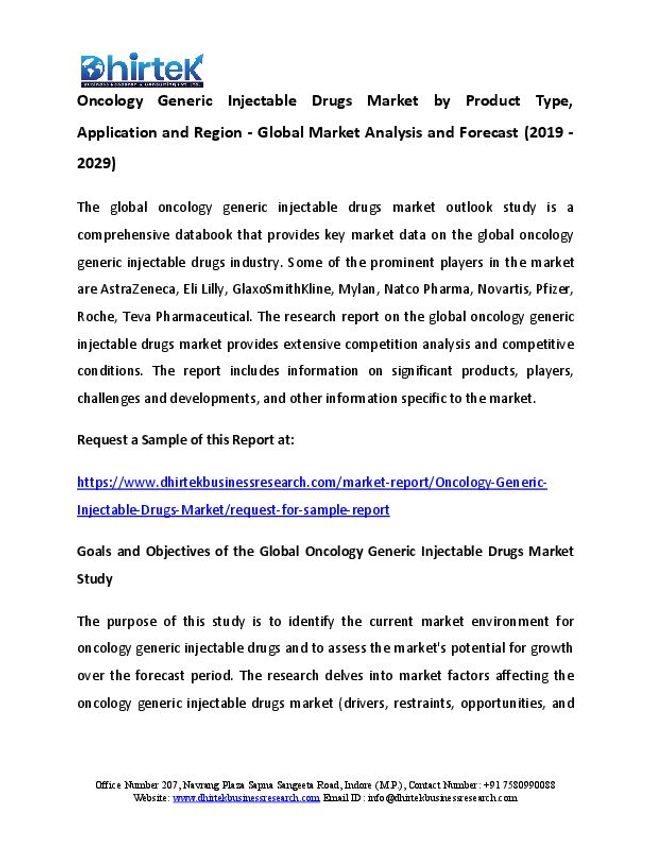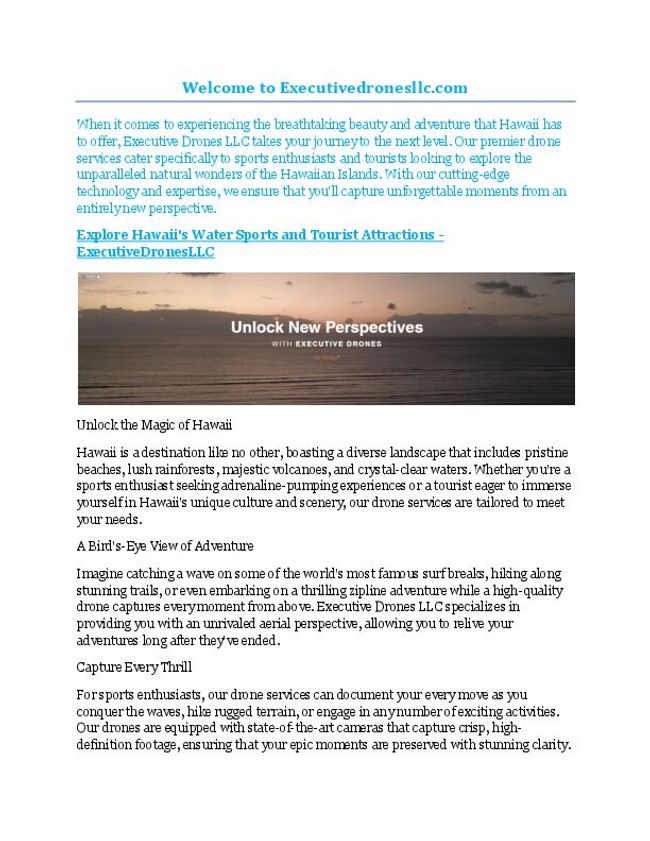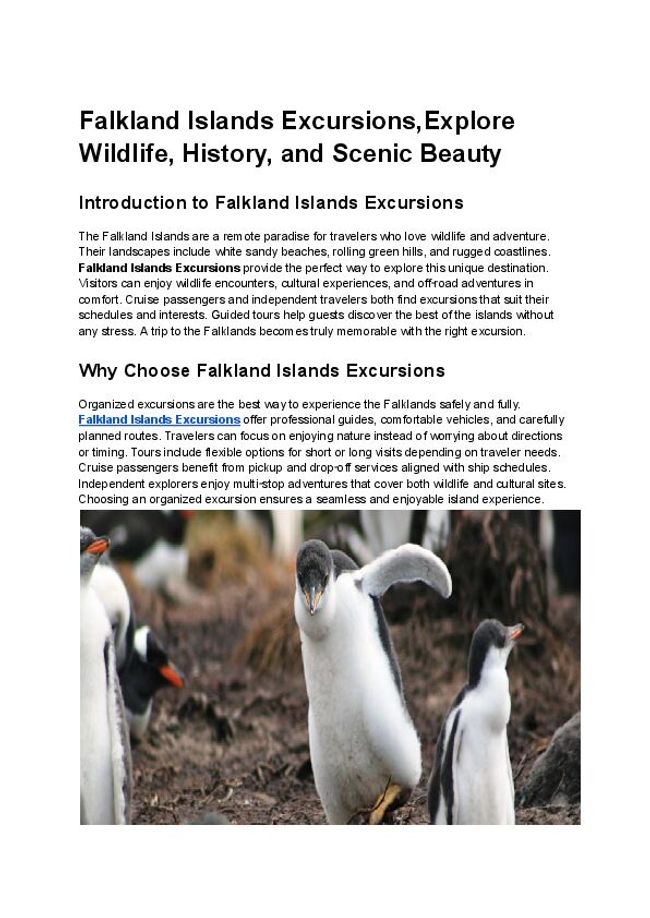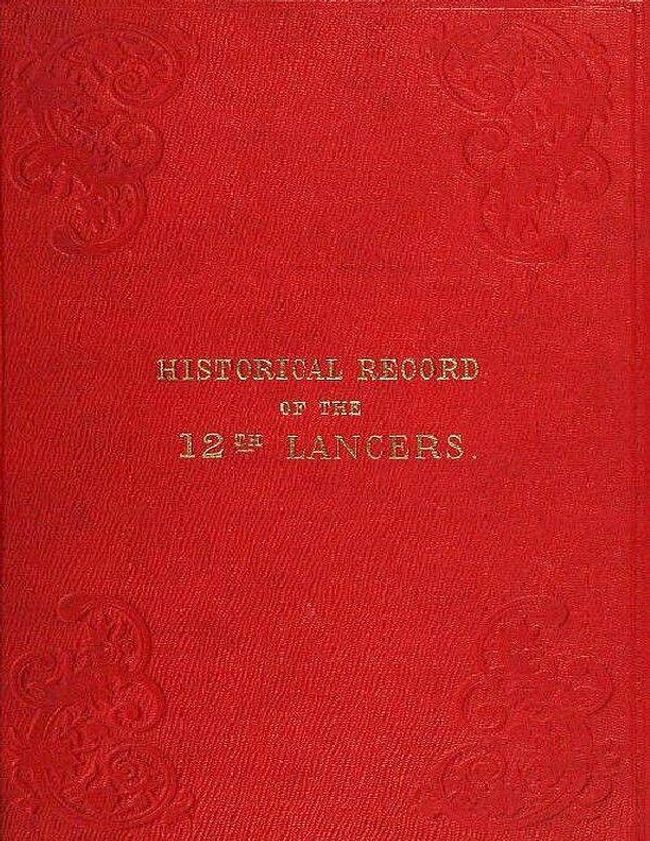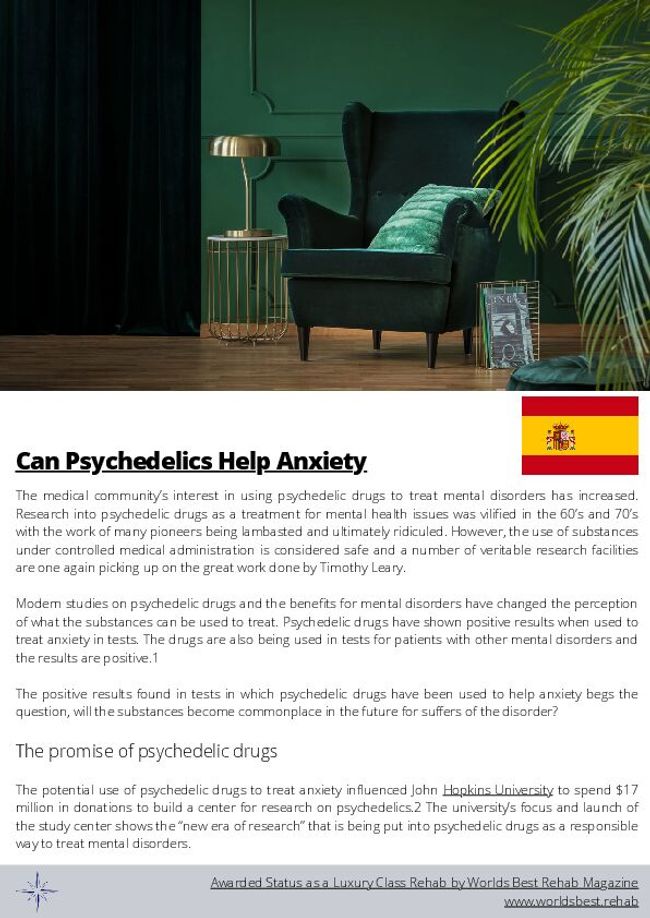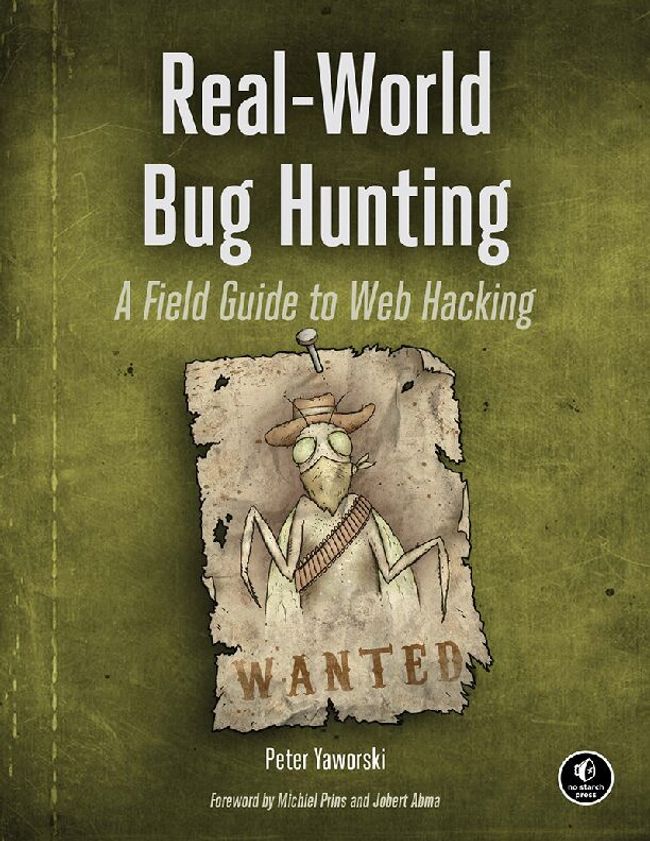نتائج البحث (193,298)
Healthy Hawaiian Food | Bigislandbowls.com
Big Island Bowls
Discover the taste of paradise with Buddha Bowls, Acai Bowls, and Poke Bowls in St. Augustine, FL. Indulge in nutritious and delicious Hawaiian cuisine at Big Island Bowls.
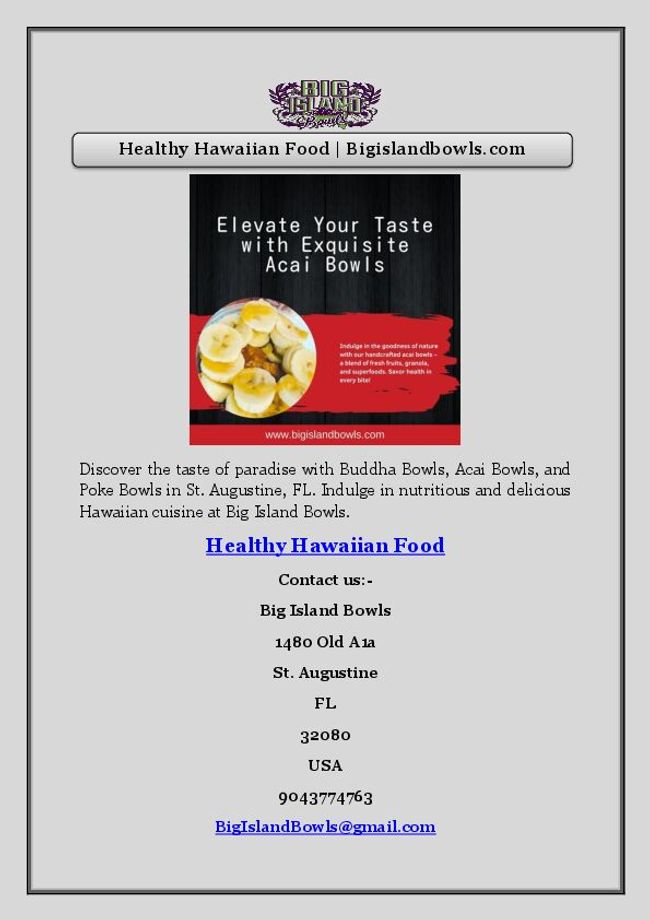
The art of war
Sun Tzu
PD-US
The Art of War is an ancient Chinese military treatise attributed to Sun Tzu, a high-ranking military general, strategist and tactician. The text is composed of 13 chapters, each of which is devoted to one aspect of warfare. It is commonly known to be the definitive work on military strategy and tactics of its time. It has been the most famous and influential of China's Seven Military Classics, and "for the last two thousand years it remained the most important military treatise in Asia, where even the common people knew it by name." It has had an influence on Eastern and Western military thinking, business tactics, legal strategy and beyond. The book was first translated into the French language in 1772 by French Jesuit Jean Joseph Marie Amiot and a partial translation into English was attempted by British officer Everard Ferguson Calthrop in 1905. The first annotated English language translation was completed and published by Lionel Giles in 1910.[2] Leaders as diverse as Mao Zedong, General Vo Nguyen Giap, General Douglas MacArthur and leaders of Imperial Japan have drawn inspiration from the work.

Sustainable Agriculture for Climate Change Adaptation
CC BY
The Anthropocene, the time of humans. Never has human influence on the functioning of the planet been greater or in more urgent need of mitigation. Climate change, the accelerated warming of the planet’s surface attributed to human activities, is now at the forefront of global politics. The agriculture sector not only contributes to climate change but also feels the severity of its effects, with the water, carbon and nitrogen cycles all subject to modification as a result. Crop production systems are each subject to different types of threat and levels of threat intensity. There is however significant potential to both adapt to and mitigate climate change within the agricultural sector and reduce these threats. Each solution must be implemented in a sustainable manner and tailored to individual regions and farming systems. This Special Issue evaluates a variety of potential climate change adaptation and mitigation techniques that account for this spatial variation, including modification to cropping systems, Climate-Smart Agriculture and the development and growth of novel crops and crop varieties.

Designing Urban Food Policies
CC BY
This Open Access book is for scientists and experts who work on urban food policies. It provides a conceptual framework for understanding the urban food system sustainability and how it can be tackled by local governments. Written by a collective of researchers, this book describes the existing conceptual frameworks for an analysis of urban food policies, at the crossroads of the concepts of food system and sustainable city. It provides a basis for identifying research questions related to urban local government initiatives in the North and South. It is the result of work carried out within Agropolis International within the framework of the Sustainable Urban Food Systems program and an action research carried out in support of Montpellier Méditerranée Métropole for the construction of its agroecological and food policy.

Experience the Best RMT Massage in Sheppard
Sheppard Thai Massage
Relax with our customized Best RMT massages at Sheppard, which combine traditional methods for a well-rounded approach to health. Our licensed therapists target pain areas and encourage relaxation with Thai oil and hot stone massages, leaving you feeling refreshed and stress-free. With our wide selection of services, discover improved mental and physical well-being right now.
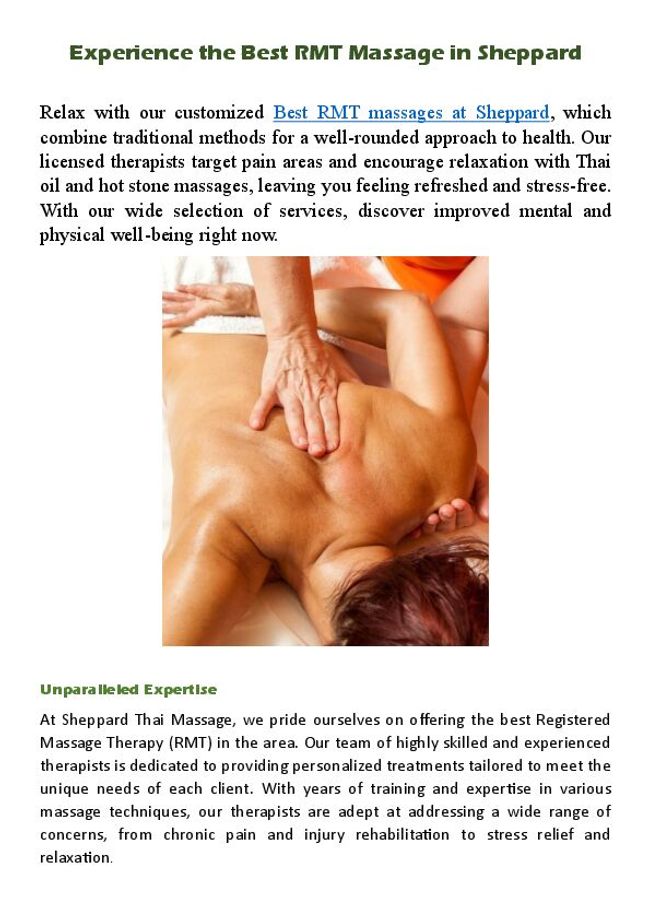
Pure Resonance Audio - Elevating Business Environments Crafting the Perfect Sound System for Success.pdf
Pure Resonance Audio
Pure Resonance Audio details the perfect sound system for success. For more details, visit: www.pureresonanceaudio.com.
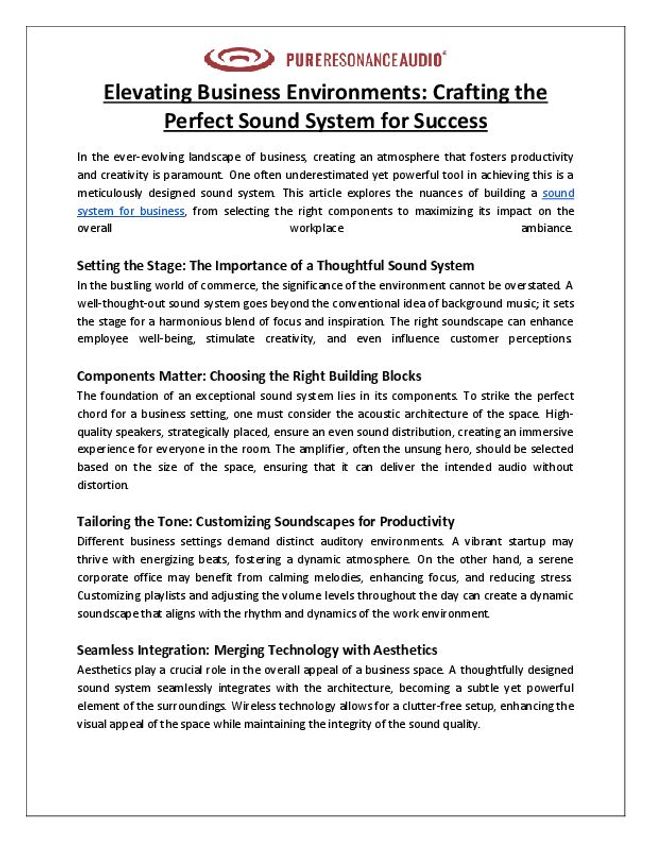
Conductive Polymers
CC BY
The pioneering work by Nobel Prize Laureates Heeger, MacDiarmid, and Shirakawa marked the birth of conductive polymers, a new family of revolutionary organic materials at the boundaries between classic plastics, metals, and semiconductors. Since then, a host of chemically diverse conducting polymeric structures has been devised with fascinating optical, electrical, magnetic, and redox properties that can be tuned using easy chemical/electrochemical doping. In recent decades, the combination and blend of conductive polymers with other materials families (e.g., carbon nanomaterials, metal nanoparticles or oxide nanostructures, common polymers, and resins) fostered the advent of a new generation of hybrid multifunctional composites with enhanced properties and high potential for present and near-future everyday life applications, ranging from photovoltaics, OLEDs, smart windows and garments, plastic batteries for sensors, and intelligent actuators. In this book, we compile some of the latest advances in the field, covering both old issues and new examples emphasizing emerging applications in biomedical science, healthcare, separation science, and water pollution abatement.

Evaluating The Accuracy Of Home Blood Pressure Monitors A Comparative Study
This article reviews recent comparative studies to evaluate the reliability of home blood pressure monitors and discusses factors that influence their performance.

Comparative Analysis Of Infrared Forehead Thermometers Used In Australian Healthcare
This article explores comparative findings from studies conducted in Australian healthcare contexts to evaluate the performance and accuracy of infrared forehead thermometers.

Impact of Outbreak of COVID-19 on Non-Alcoholic Beverage Market
The global non-alcoholic beverage market has witnessed rapid changes due to factors such as rising purchasing power, improvement in the living standard of the population, and rapid urbanization.
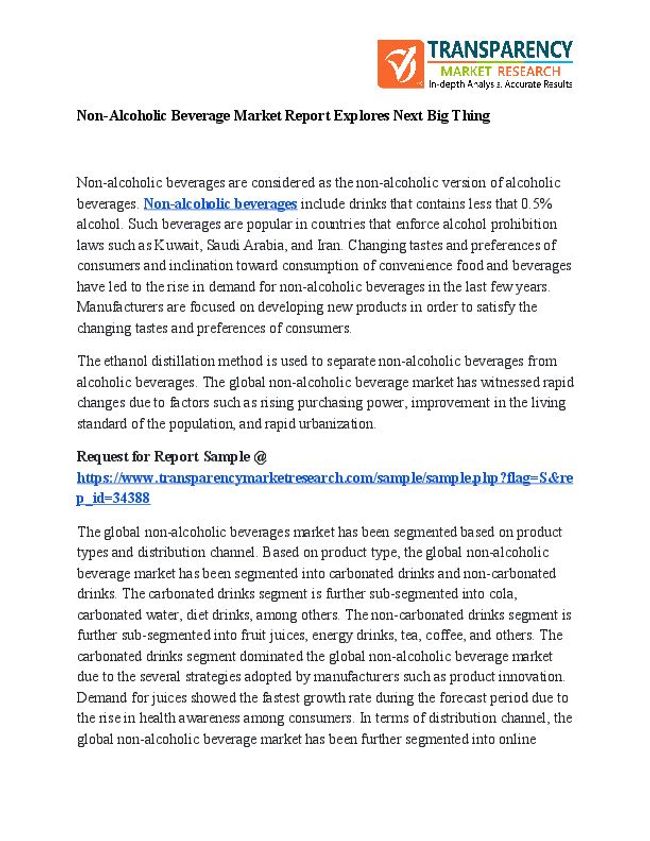
How to Choose the Right Solar Light Manufacturer in India
As the sun sets, illuminating our surroundings becomes essential. Solar lights are a sustainable solution that not only brightens up spaces but also contributes to environmental conservation.

Engineering a Safer World
CC BY-NC-ND
A new approach to safety, based on systems thinking, that is more effective, less costly, and easier to use than current techniques.Engineering has experienced a technological revolution, but the basic engineering techniques applied in safety and reliability engineering, created in a simpler, analog world, have changed very little over the years. In this groundbreaking book, Nancy Leveson proposes a new approach to safety—more suited to today's complex, sociotechnical, software-intensive world—based on modern systems thinking and systems theory. Revisiting and updating ideas pioneered by 1950s aerospace engineers in their System Safety concept, and testing her new model extensively on real-world examples, Leveson has created a new approach to safety that is more effective, less expensive, and easier to use than current techniques.Arguing that traditional models of causality are inadequate, Leveson presents a new, extended model of causation (Systems-Theoretic Accident Model and Processes, or STAMP), then shows how the new model can be used to create techniques for system safety engineering, including accident analysis, hazard analysis, system design, safety in operations, and management of safety-critical systems. She applies the new techniques to real-world events including the friendly-fire loss of a U.S. Blackhawk helicopter in the first Gulf War; the Vioxx recall; the U.S. Navy SUBSAFE program; and the bacterial contamination of a public water supply in a Canadian town. Leveson's approach is relevant even beyond safety engineering, offering techniques for “reengineering” any large sociotechnical system to improve safety and manage risk.

Best Solar Light Manufacturers in India for Homes and Businesses
Solar lights are revolutionising the way we illuminate our homes and businesses. With an increasing focus on sustainability, these eco-friendly lighting solutions have become a popular choice for many.

Carpooling Software Features That Indian Users Love
Mobility Infotech
Experience hassle-free commuting with advanced Carpooling Software built for Indian needs. The blog dives into essential features of Carpool Software and Carpool Booking Software that users prefer—like real-time tracking, secure payment integration, ride-matching algorithms, and eco-friendly commute options.

Smooth Skin Starts Here The Best Laser Hair Removal Options in NY
Kara Laser LLC
Experience smooth, hair-free skin with top-rated laser hair removal in NY. Get lasting results with FDA-approved technology at KaraLaser LLC.

Tocqueville and Democracy in the Internet Age
CC BY-SA
Tocqueville and Democracy in the Internet Age is an introduction to Alexis de Tocqueville (1805-1859) and his monumental two-volume study Democracy in America (1835, 1840) that pays particular attention to the critical conversation around Tocqueville and contemporary democracy. It attempts to help us think better about democracy, and also perhaps to live better, in the Internet Age.

30 years of the Comet Assay: an overview with some new insights
CC BY
By means of this ‘Frontiers in Genetics’ research topic, we are celebrating 30 years of the Comet Assay. The first paper on this single-cell gel electrophoresis assay was published in 1984 by O. Ostling and K.J. Johanson (Biochem. Biophys. Res. Commun. Vol.123: 291-298). The comet assay is a versatile and sensitive method for measuring single - and double-strand breaks in DNA. By including lesion-specific enzymes in the assay, its range and sensitivity are greatly increased, but it is important to bear in mind that their specificity is not absolute. The comet assay (with and without inclusion of lesion-specific enzymes) is widely used as a biomarker assay in human population studies - primarily to measure DNA damage, but increasingly also to assess the capacity of cells for DNA repair. Ostling and Johanson (Biochem. Biophys. Res. Commun., 1984) were also the first to report experiments to measure DNA repair, by simply following the decrease of DNA damage over time after challenging cells with ionising radiation. However, this approach is time-consuming and laborious as it requires an extended period of cell culture and is therefore not ideal for biomonitoring studies, which typically require high-throughput processing of many samples. As an alternative approach, the in vitro comet-based repair assay was developed: a cell extract is incubated with a DNA substrate containing specific lesions, and DNA incisions accumulate. The in vitro comet-based repair assay has been modified and improved over the past decade: it was first devised to measure base excision repair of oxidised purines in lymphocytes (Collins et al., Mutagenesis, 2001), but has since been adapted for other lesions and thus other repair pathways, as well as being applied to tissue samples in addition to cell suspensions. Even after 30 years, the comet assay is still in a growth phase, with many new users each year. Many questions are repeatedly raised, which may seem to have self-evident answers, but clearly, it is necessary to reiterate them for the benefit of the new audience, and sometimes being forced to think again about old topics can shed new light. Different applications of the comet assay are discussed in this special issue, including: genotoxicity testing in different organisms, human biomonitoring, DNA repair studies, environmental biomonitoring and clinical studies. Furthermore, we consider and where possible answer questions, including the ones raised by Raymond Tice at the 8th International Comet Assay Workshop in Perugia (Italy 2009): What is the spectrum of DNA damage detected by the various versions of the comet assay?; What are the limitations associated with each application?; What should be done to standardize the assay for biomonitoring studies?; Can the comet assay be used to monitor changes in global methylation status?; What cell types are suitable for detecting genotoxic substances and their effects in vivo and in vitro?; Can the assay be fully automated?; and more. So this ‘Frontiers in Genetics’ research topic is written for the beginner as well as for the experienced users of the comet assay.
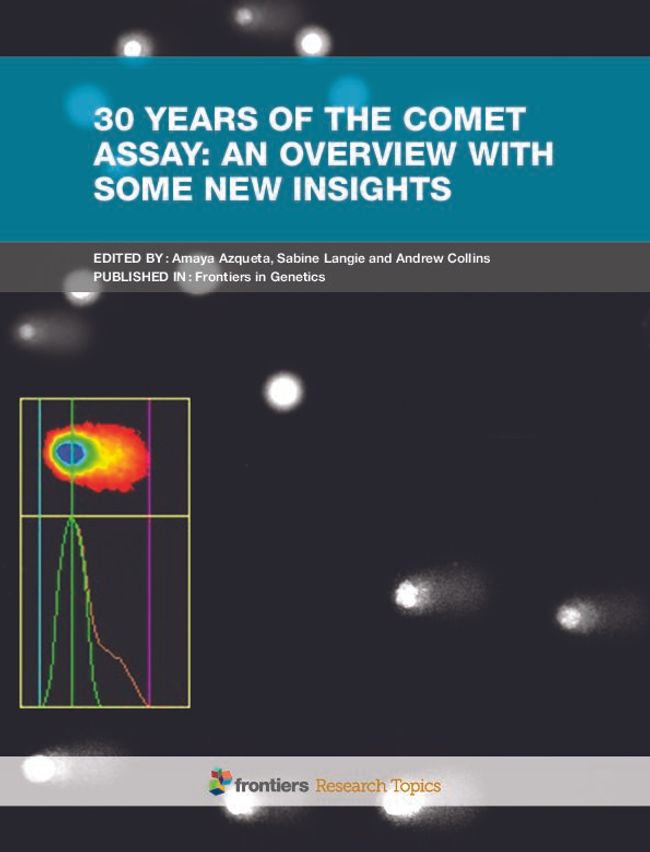
Citt storica e sostenibilit / Historic Cities and Sustainability
CC BY
A subject that is inexplicably little studied at present, or indeed not at all, is that of the quest for possible applications and feasible objectives in the energy requalification of existing buildings, existing or planned open spaces, old city centres and the monumental and diffuse cultural heritage. At the present time it is crucial that the issues, research and techniques linked to the possibilities of an aware use of energy are applied to the old city centres and the existing heritage. This must start from a knowledge and investigation of the traditional building materials and techniques, which are in themselves inherently sustainable (comprising both the ancient city and the consolidated modern city and their historic stratifications). The historic environment indeed represents an infinite cultural and environmental resource and a very high percentage of the global architectural heritage.

EducationDataLists-Access Targeted Education Contacts
Benita Smith
@Benita
Access a comprehensive and verified database of educational professionals with EducationDataLists. Website: https://www.educationdatalists.com/

